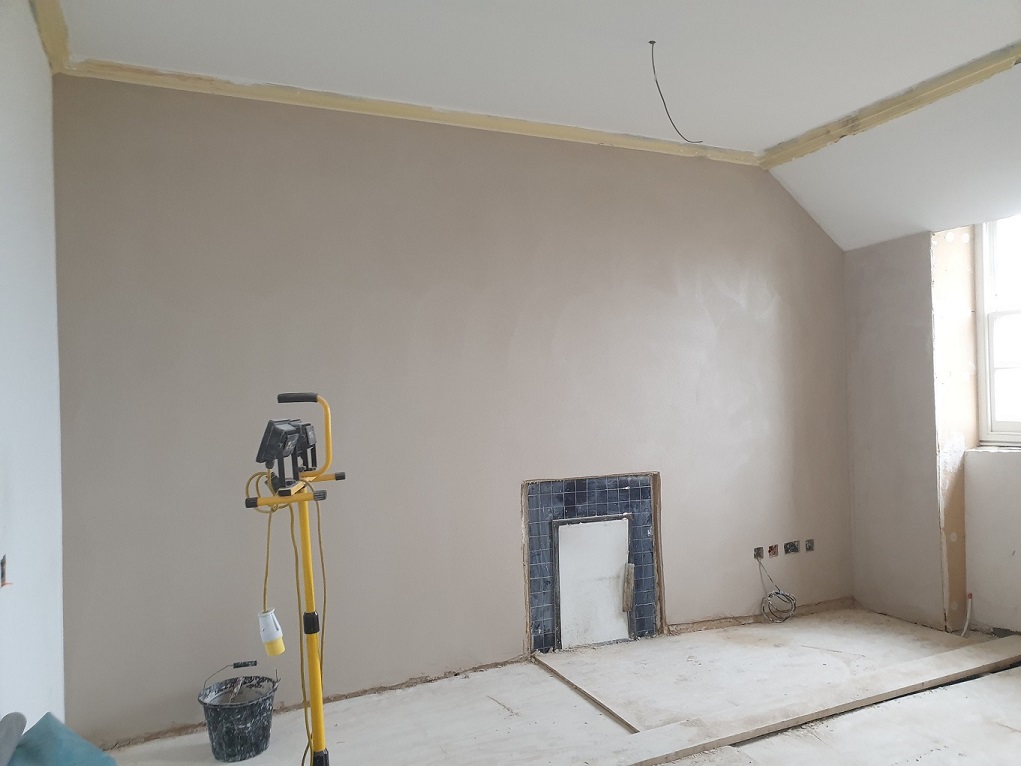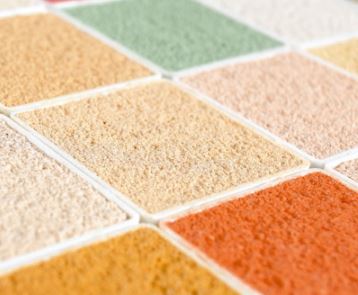Knowledge base
Hydraulic Or Hydrated Lime
There are essentially two sorts of lime available - hydraulic lime or non hydraulic lime. Below is a quick guide to choosing the correct grade and sort for your project.
Hydraulic limes (so called because they set under water) are made in the same way as non-hydraulic lime but using different limestone. They are sold as hydrated lime and have an initial set when water is added, followed by hardening while they absorb carbon dioxide. The more hydraulic a lime is the faster it sets and the higher it's final strength, but this means that it is less breathable and flexible. NHL5 is the most hydraulic, then NHL3.5, and NHL2 the least hydraulic lime. They do not perform in the same way as modern cements, nor contain the same damaging components. It should be noted however that limes marked with NHL-Z or just HL on the bag can contain some additions that could be potentially damaging and at worst be not much better than cement. Only use limes marked NHL - these meet the highest British and European standards.
Non-hydraulic lime (CL or DL 70-90) is sold as either hydrated lime or putty lime; they set and harden through drying out and absorbing carbon dioxide from the air. This means they have a very slow set: CO2 is only absorbed when certain conditions are met. They are the softest, most breathable limes available. These limes are also known as fat-lime, calcium-lime or air-lime.
Hydrated lime simply means that a controlled amount of water is added to quicklime to make a powder that is more stable and safe to handle. This can be done to hydraulic lime or non-hydraulic lime.
Lime putty can be made from either type of lime, and is made by adding an excess of water to quicklime. Hydraulic lime putty will set underwater within hours or days making them impractical, whereas non-hydraulic lime putty will remain plastic and improve with age.
Pozzolans are additions that may be added to achieve harder, faster sets to any sort of lime or cement. Pozzolans, when added, produce similar chemical reactions to those found in hydraulic limes, so they reduce breathability and flexibility in exactly the same way. The disadvantage is that you will never know how strong, breathable or flexible a pozzolan lime is beforehand, unless you have considerable experience or knowledge. Adding some types of pozzolans or even the smallest amounts of cement can be very damaging or produce poor performing lime mortars. We always recommend testing first.
Should You Choose Hydraulic or Hydrated Lime?
There is often no definitive "right" answer: more often, the specifier or builder is faced with a series of conflicting needs. The secret is in achieving the best compromise.
How hard is the material you are using?
Any lime mortar must always be softer and more porous than the main building material.
How exposed is the place you are using it?
The more exposed to the elements a lime mortar or lime render is, the greater the need for a faster set and greater durability, to cope with harsher freeze thaw cycles.
How much movement will the mortar have to cope with?
The less hydraulic a lime is, the more it will flex and move with a building. Timber structures therefore need a more flexible and breathable lime.
How much damp will the lime mortar have to cope with?
Lime putty or hemp lime mixes should be used with caution in houses where damp is a problem. (N.B. if a wall is permanently very damp, a putty mix may never set.) Low suction backgrounds (hard stone or blue bricks etc) and damp cool weather also make the use of lime putty very slow, consider using Lime Green Duro or Ultra instead in these situations.
Lime putty is typically the first choice for internal plastering due to its plasticity and better vapour exchange: in thin layers it is easy for it to absorb CO2 and set. Limewash and lime paints are also typically made from non-hydraulic lime.
Misconceptions
As long as its lime, it's all OK
Using a lime that is too strong can be very damaging for some historic structures. People should be cautious with strong mixes: these are best kept for harsh conditions and high strength applications and avoided on friable, soft masonry or timber structures.
Hydraulic lime contains the same damaging chemicals as cement.
We only use good quality Natural Hydraulic Lime (NHL) or air lime from Buxton, which we know not to contain any sort of potentially damaging components. Lime from our suppliers quarries has been used on historic buildings since Roman times without problems. The chemical composition of Natural hydraulic limes makes the problems associated with cement impossible.
Just gauge normal lime with cement
It has been shown that even small amounts of cement in traditional mortars leads to inferior less durable mortars that can cause problems. If a mortar with a set is required then a hydraulic lime is more suitable. Building with cement and pointing with lime is also a waste of time technically and has no real advantages over a hydraulic lime mortar, which will allow building and pointing to be done in one operation.
Our simple to use, pre-mixed Natural Lime Mortar has been used for nearly 20 years across the country - see some of the stunning buildings it has been used on here in our gallery.
To find out more about any of our products and how you can use them effectively, call Lime Green today on 01952 728611 or email us and we'll be happy to answer your questions.
Education Guide A2
© Lime Green Products Ltd 2010

